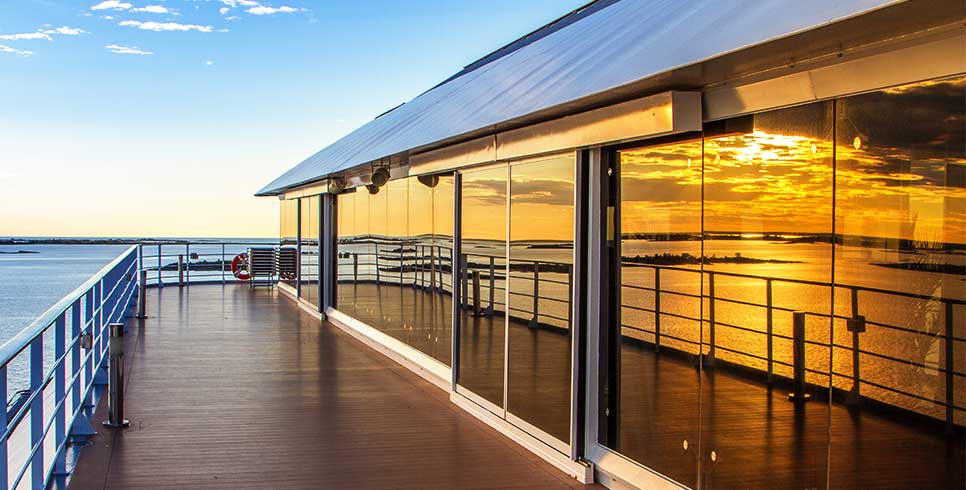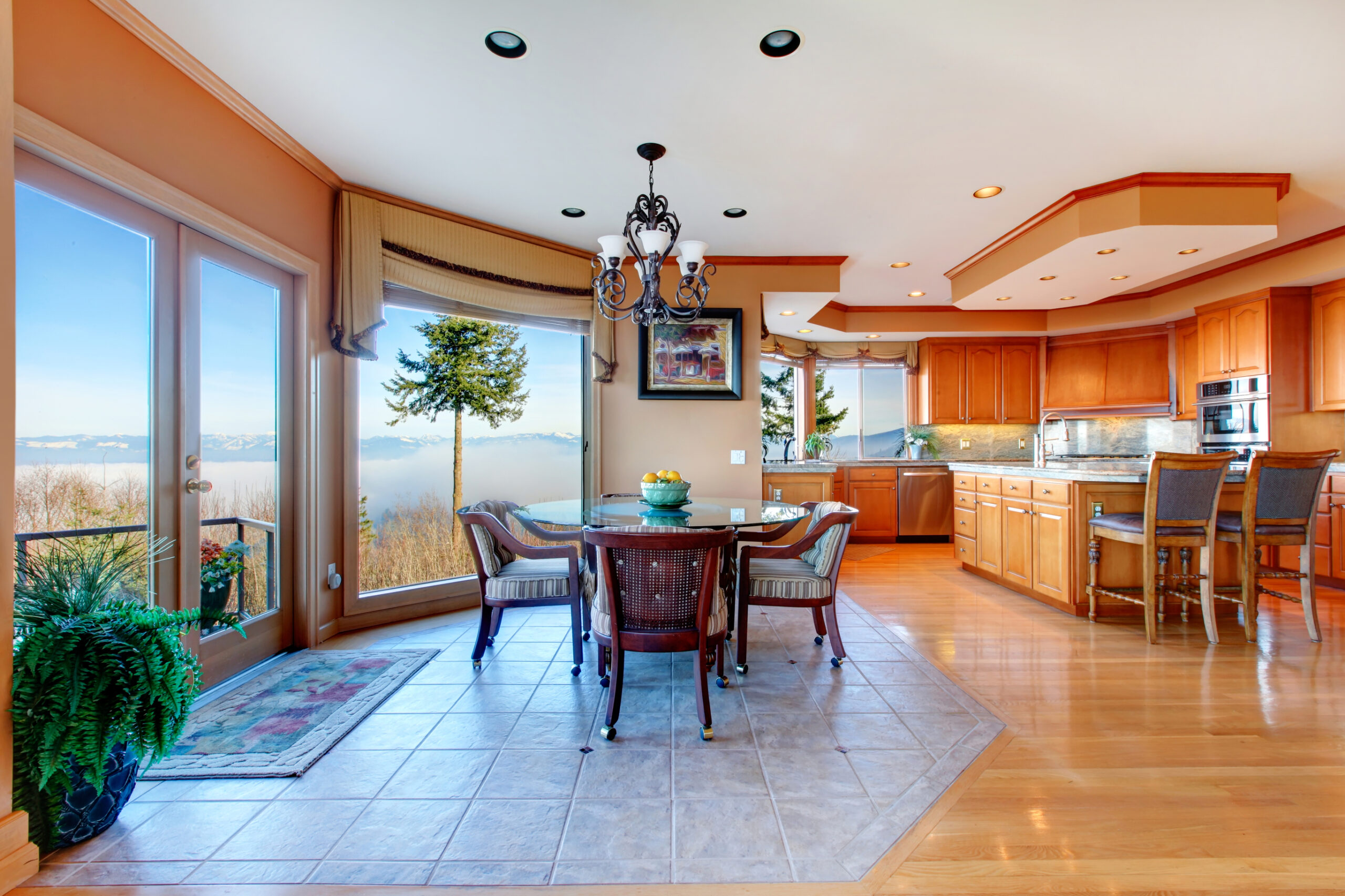Large amounts of heat, water and lighting are used daily in the bathroom by every member of the household. Consider these tips to make your bathroom most efficient, use the least amount of energy, and save the most money.
Shower
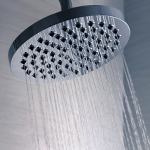 Nearly half of water consumed in a home comes from the bathroom. Conserve water simply by switching from baths to showers. The average bath uses 35-50 gallons of water, whereas a 10-minute shower uses 25 gallons. Change your showerhead to a low-flow fixture of -2.5 gallons per minute, and you’ll save up to $145 per year on electricity, too.
Nearly half of water consumed in a home comes from the bathroom. Conserve water simply by switching from baths to showers. The average bath uses 35-50 gallons of water, whereas a 10-minute shower uses 25 gallons. Change your showerhead to a low-flow fixture of -2.5 gallons per minute, and you’ll save up to $145 per year on electricity, too.
Sink
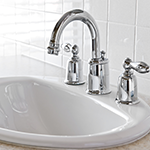 At the sink, it pays to turn off the faucet when brushing teeth, shaving, or washing your face. Take a Saturday to fix a leaky faucet. A hot water leak can add $40 to yearly costs. One of the most cost-effective conservation measures is to install a faucet aerator. Aerators lower flow by adding air to the spray and for a few dollars, you can save 4-7% of total water consumption.
At the sink, it pays to turn off the faucet when brushing teeth, shaving, or washing your face. Take a Saturday to fix a leaky faucet. A hot water leak can add $40 to yearly costs. One of the most cost-effective conservation measures is to install a faucet aerator. Aerators lower flow by adding air to the spray and for a few dollars, you can save 4-7% of total water consumption.
Lighting
 Bathroom lights are one of the most used light sources in the home, so turn them off when leaving the room! Vanity lighting is pretty but requires a lot of energy. Make the switch to ENERGY STAR qualified compact fluorescent bulbs (CFLs). They provide quality bright lighting, use 10-50% less energy, and last 25 times longer than incandescent bulbs.
Bathroom lights are one of the most used light sources in the home, so turn them off when leaving the room! Vanity lighting is pretty but requires a lot of energy. Make the switch to ENERGY STAR qualified compact fluorescent bulbs (CFLs). They provide quality bright lighting, use 10-50% less energy, and last 25 times longer than incandescent bulbs.
Toilets
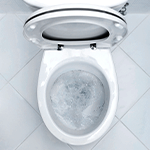 More than 25 percent of water used in the home is for the toilet. Older models use up to five gallons of water per flush, but high-efficiency toilets cut usage to 1.6 gallons. Dual-flush toilets have two flush buttons: a 1.6 gallon flush for solids and 0.9 for liquids, saving 50% of water used per flush. Water displacement devices like a brick or water bottle can work in the short-term, but be aware they may cause damage to the flushing mechanism. To test if you have a leaky toilet add a few drops of food coloring to the tank, and wait 15 minutes. If the dye appears inside the bowl, you have a leak to fix.
More than 25 percent of water used in the home is for the toilet. Older models use up to five gallons of water per flush, but high-efficiency toilets cut usage to 1.6 gallons. Dual-flush toilets have two flush buttons: a 1.6 gallon flush for solids and 0.9 for liquids, saving 50% of water used per flush. Water displacement devices like a brick or water bottle can work in the short-term, but be aware they may cause damage to the flushing mechanism. To test if you have a leaky toilet add a few drops of food coloring to the tank, and wait 15 minutes. If the dye appears inside the bowl, you have a leak to fix.
Air Flow
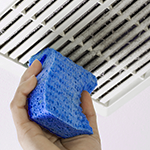 Moisture causes more than mold. It can shorten the lifespan of lightbulbs and produce larger problems in attics and your overall structure. Make sure your bathroom fan is vented to go outside and not into upper home areas.
Moisture causes more than mold. It can shorten the lifespan of lightbulbs and produce larger problems in attics and your overall structure. Make sure your bathroom fan is vented to go outside and not into upper home areas.
For maximum energy efficiency, clean your bathroom fan regularly, and install a timer to shut off the fan 15 minutes after showers. In the winter, set up a fan in the doorway to bring in warm, dry air and to force moisture back into other rooms. Older fans often bring in cold outside air, especially if they are left on, but you can retrofit a butterfly value to stop intake. Ultimately, it’s best to replace your old fan with a new high-quality one that sucks moisture out quickly and has a built-in timer and butterfly valve.
By implementing even a few of these ideas, your energy efficiency efforts in the bathroom will save you money down the road.



